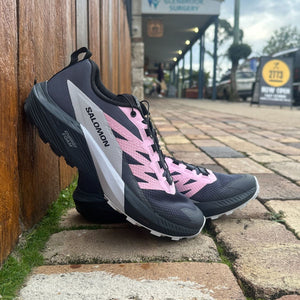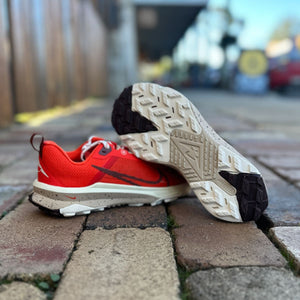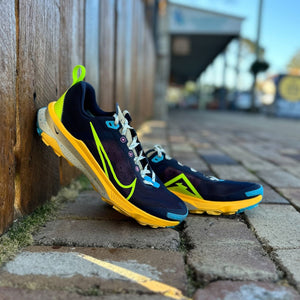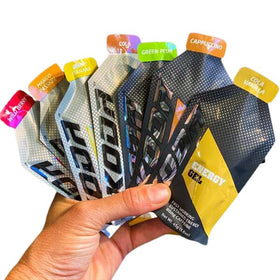
Sky Running tackling epic courses!
One of the biggest battles Skyrunners face when tackling the epic courses they’re confronted with is the fatigue caused by impact.
The duration of the events are of course going to be a challenge to manage, as you have to get your nutrition and pace judgement right, but these are addressed in a lot of articles relating to trail and ultra running in general terms.
What we’re talking about is something that’s more to be expected by those participating in Skyraces, where the major point of difference to your average trail run is the extreme amounts of vertical gain and loss you have to endure.
In Skyrunning, you often hear about people’s quads blowing up, running out of legs, or worse still, getting cramps. To a certain extent, there’s no escaping a lot of these elements.
After all, you are pushing your body pretty darn hard. And it’s not so much the flat or uphill stuff that’s the problem. It’s the downhills that do most of the damage.
But if you prepare properly, you can greatly reduce these often race-ending issues.
Conditioning is everything when it comes to avoiding, or minimising the impact of the previously mentioned problems, and here’s how you do it.
Start by training on the terrain that you’re going to race on. If it’s a technical course with super steep climbs and descents, then you need to do as much of your preparation as possible on similar ground. Similarly, if the ups and downs are long and gradual, then hit trails with as close the to same amount of gain and loss over distance as your chosen race.
The next step is adding some weights into the mix. Doing plenty of strength work in the gym, like heavy squats, deadlifts and leg press are all going to help built a more robust system that will be better capable of absorbing the pounding.
The next step is to work on technique. Long strides when going downhill and leaping off rocks and stairs are all going to ramp up the impact.
You need to be light on your feet and focus on a high cadence with minimal ‘contact time’. You don’t want to be breaking when descending, so confidence in your downhill running ability is really important. This comes with practice. Another hugely important thing is shoe selection
(Here are loads of options to choose from!)It’s often better to opt for something heavier with more underfoot protection and cushioning, rather than a lighter option that might feel faster.
You really want to buffer your pins from as much of the ground force as possible.
One final tip is to do a couple of hard, long, downhill runs in the weeks leading up to the main event.
These will help condition your muscles to what’s coming, and while you might pay for it in the days immediately after these training runs, when it comes to the race, you’ll be thankful!
If you’re interested in trying a Skyrace, then visit the Skyrunning Australia & New Zealand website: http://skyrunninganz.com.au/





